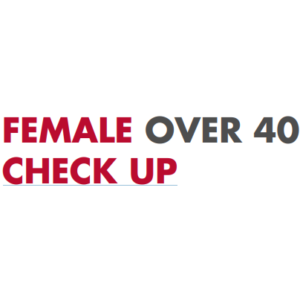Description
Familiarity with Treatment
Mandibular osteotomy, also known as lower jaw surgery, is a surgical procedure performed on the lower jaw to correct misalignments and skeletal abnormalities. It is often recommended for individuals with significant jaw discrepancies that cannot be corrected through orthodontic treatment alone.
Procedure
The mandibular osteotomy procedure typically involves the following steps:
- Anesthesia: The patient is placed under general anesthesia to ensure comfort and safety during the surgery.
- Incisions: Incisions are made inside the mouth along the gum line to access the lower jaw.
- Bone Cutting: The surgeon carefully cuts the lower jaw in predetermined locations to allow for repositioning.
- Repositioning: The lower jaw is repositioned according to the treatment plan to correct the misalignment and skeletal abnormalities.
- Fixation: Titanium plates and screws are used to secure the repositioned lower jaw in its new position.
- Closure: The incisions are closed with sutures, and the patient is moved to the recovery area.
Who is it Suitable for?
Mandibular osteotomy is recommended for individuals who suffer from a misalignment between their upper and lower jaws that is too large to be corrected with simple orthodontic treatment. It can correct a lower jaw that is too far forwards, backwards, or offset to one side, as well as repair more complex cases such as a jaw with a gap in the middle.
Who is it Not Suitable for?
Mandibular osteotomy may not be suitable for individuals with certain medical conditions or those who are not in good overall health. Additionally, individuals with unrealistic expectations or those who are unable to commit to the necessary preoperative and postoperative care may not be suitable candidates for this procedure.
Advantages
- Improved Dental Occlusion and Function: Mandibular osteotomy improves dental occlusion and masticatory function, reducing the risk of developing more serious problems in the long term.
- Enhanced Facial Symmetry: The procedure can correct facial asymmetry, leading to improved confidence and self-esteem.
- Correction of Speech and Swallowing Problems: Mandibular osteotomy can correct speech and swallowing problems associated with jaw misalignment.
Complications
- Postoperative Pain: While not particularly painful, postoperative soreness is common, and pain management with medications such as paracetamol and ibuprofen may be necessary.
- Relapse of Mandibular Position: There is a risk of relapse, particularly when significant mandibular movement is involved or when correcting an open bite.
- Infection of Mandibular Plates: In some cases, infection of mandibular plates may occur, requiring reoperation to remove the plates and screws.
Preoperative Care
Before undergoing mandibular osteotomy, a comprehensive evaluation is performed by an oral and maxillofacial surgeon. This may include a review of the patient’s medical history, dental examination, and imaging techniques to assess the dental and skeletal abnormalities. Some patients may require orthodontic treatment before the surgery, and 3D x-rays of the patient’s facial structure are taken to create a detailed surgical plan for optimal jaw placement.
Postoperative Care
After mandibular osteotomy, postoperative care may involve managing pain and discomfort, as well as following specific instructions provided by the oral and maxillofacial surgeon. This may include taking prescribed medications, practicing good oral hygiene, and attending follow-up appointments to monitor the healing process. Patients are encouraged to have supplies of paracetamol and ibuprofen at home for pain management and should inform their doctor if they are unable to take ibuprofen painkillers.






Reviews
There are no reviews yet.